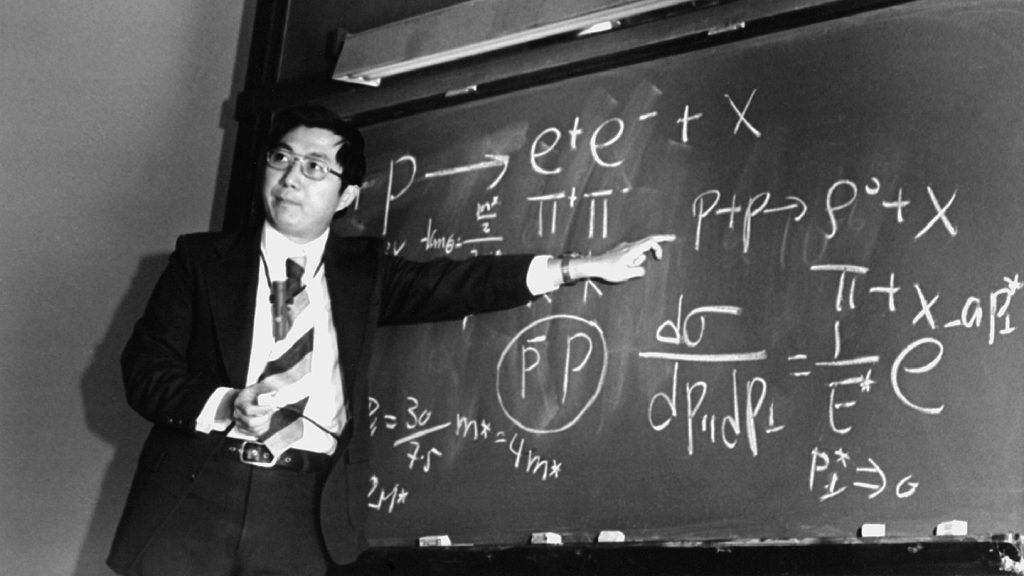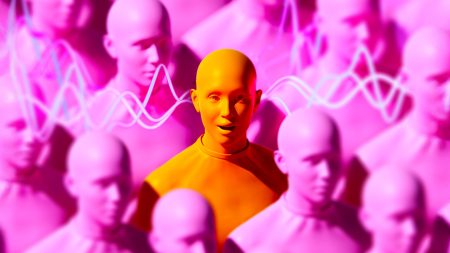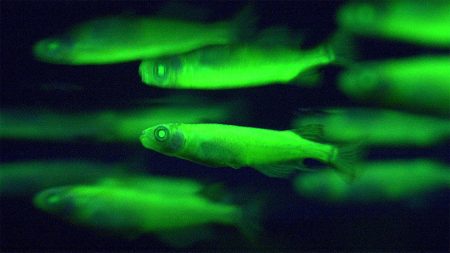Summarize this content to 2000 words in 6 paragraphs
A surprising new particle — Science News, November 23, 1974
To add to the present ferment and confusion in particle physics, nature now presents the oddest new particle to turn up in many years…. Theorists are at a loss for the moment about what to do with it…. The new particle is the heaviest yet found … and its lifetime of 10-18 seconds … is long for a particle of that mass. There must be some unheard of kind of structure to keep the particle together for so long.
]]>
]]>
Have feedback for Science News?
Help us improve by telling us about your experience
Update
The newfound subatomic particle, called J/psi, could be explained only as a mash-up of a new type of quark, the charm quark, and its antimatter counterpart. This discovery, known as the November revolution, spurred others that finally confirmed that quarks are fundamental building blocks of matter — a cornerstone of the standard model of particle physics (SN: 4/8/21). J/psi still perplexes scientists. For instance, researchers with the ATLAS experiment, a particle detector at CERN’s Large Hadron Collider near Geneva, are working to figure out how exactly the particles are produced in high-energy proton smashups.
Questions or comments on this article? E-mail us at [email protected] | Reprints FAQ
Cassie Martin is a deputy managing editor. She has a bachelor’s degree in molecular genetics from Michigan State University and a master’s degree in science journalism from Boston University.
]]>
]]>
We are at a critical time and supporting science journalism
is more important than ever. Science News and our
parent organization, the Society for Science, need your help to strengthen
scientific literacy and ensure that important societal decisions are made
with science in mind.
Please
subscribe to Science News and add $16 to expand
science literacy and understanding.















